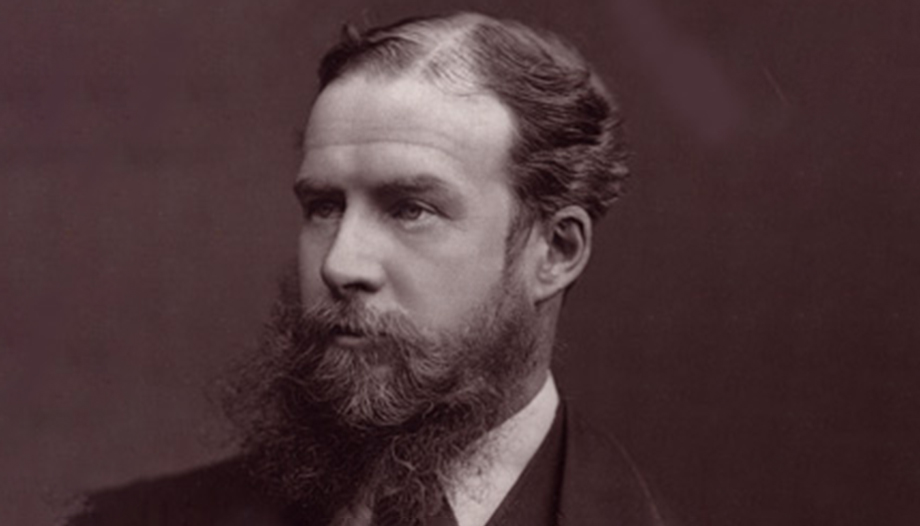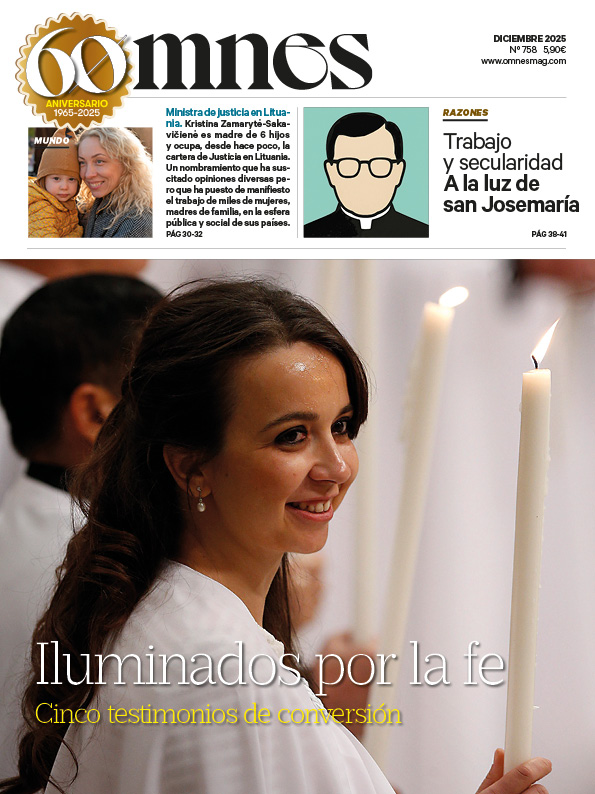Lord Avebury (John Lubock, 1834-1913) was a successful banker, writer, and scientist, who coined "Paleolithic" and "Neolithic," and wrote a remarkable book about The use of Life (1895), the art of living like a gentleman. After a chapter on what to do in life, he studies the "Tact" in treatment, play, health, education, bookstores, patriotism, faith, charity, peace and happiness, to finish in religion (British national). It is a secular ideal of full human life, which has an aesthetic criterion, with the standards of the time, and reinforced by the impulse of "distinction" (Bordieu): opting for a superior living that marks borders with vulgarity.
In the Idea of the university from Newmanalso appears the figure of the gentlemanHe was a man with a careful education, delicate treatment, cultivated intelligence and good taste in everything that goes along with life. But in lecture 7 he studies the differences with Christian ideals. Liberal education -he says- can be a help, but also an obstacle. The motive of good taste is very different from the impulse of charity.
Professor of Theology and Director of the Department of Systematic Theology at the University of Navarra. Author of numerous books on theology and spiritual life.








